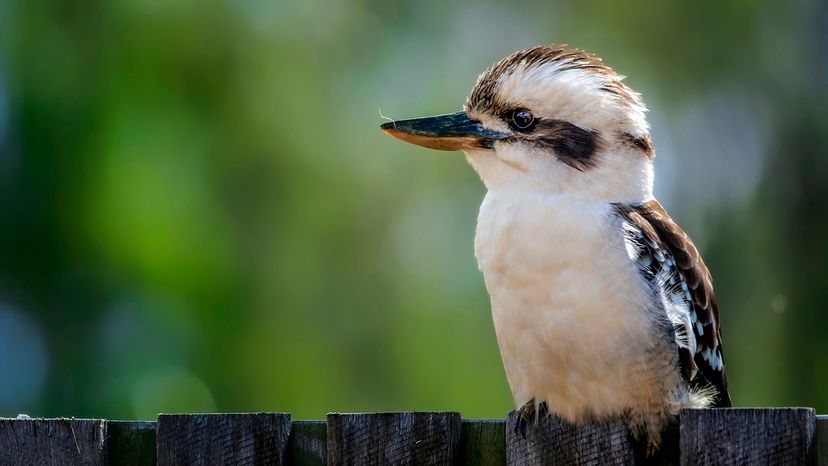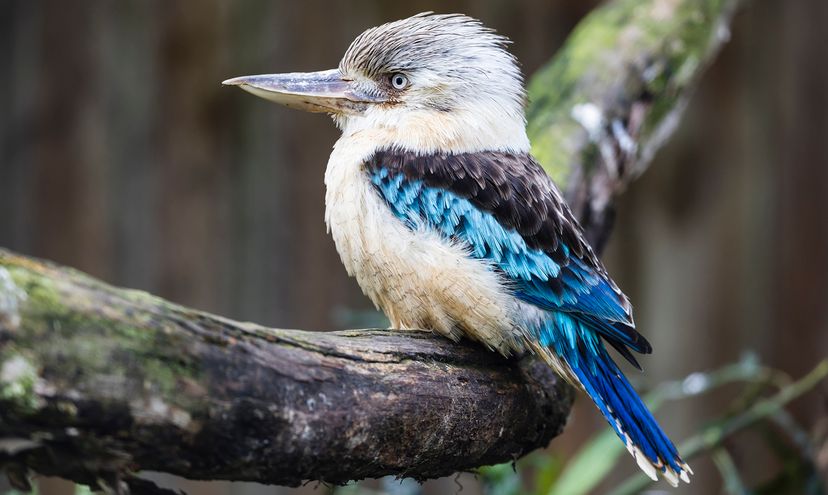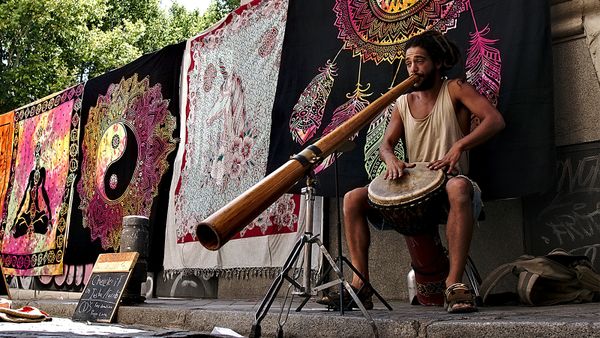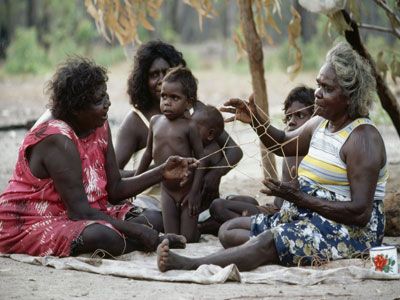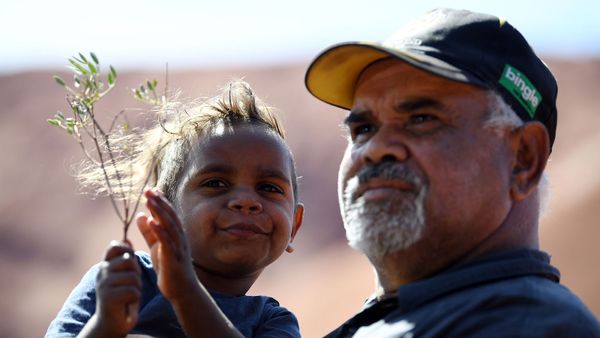The 2019 Australian wildfires killed an estimated 1 billion animals (or more), including laughing kookaburras. Despite that astonishing figure, kookaburras' status in the Australian bush falls in the lowest risk category.
However, that death toll number doesn't include invertebrates and insects, which make up much of the kookaburra's diet. It may be years before we see the full effects of the damage done.
The Maryland Zoo has one laughing kookaburra, a 15-year-old male named Rascal, one of the zoo's Animal Ambassadors.
"He's not an exhibit bird," says Grove. "So, he's not an animal anyone can see coming to the zoo. He is handled to go out on programs and participate in educational programs for us here at the zoo."
Rascal has a team of keepers that have built a relationship with him.
"We interact with him every day," Grove says. "Not just anyone can walk in and work with him. We do that by using food. We build trust. Once that's established, we're able to work with him on behaviors we ask him to do. The things we ask him to do are to stand on a scale every day so we can weigh him, fly to our hand, fly from keeper to keeper to get that exercise, and he's also trained to go to his kennel. That's important because that's how he would travel when we were going to schools. He's a favorite because we can get him to laugh on cue."
Grove says Rascal lives in a behind-the-scenes enclosure. Kookaburras typically live 14 to 15 years. But in captivity with access to veterinary care, they can live even longer.
